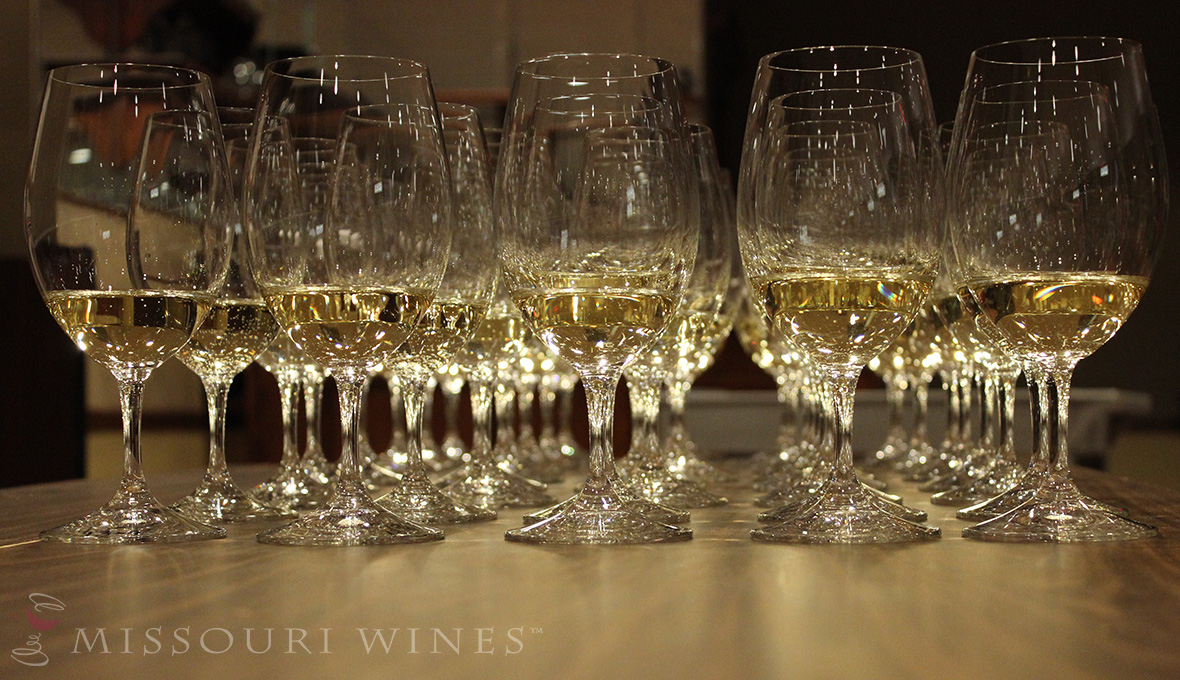March 28, 2017

Have you ever wondered what someone means when they say a wine tastes bright or why some wines make your mouth pucker when you take a sip? Acid holds the answers, and we’re going to break it down. Let’s talk about why it’s a compliment to say “this wine has great acid” or “what a well balanced wine” and how food and wine pairings are affected by the acid in wine.
All wines have some level of acid. The questions become how much acid is present and how does that affect the way the wine tastes, feels and pairs with your favorite foods. Acid helps bring together and balance out other components of wine such as tannin and sweetness. Acids in the wine we drink come in three main types: malic, tartaric and citric. There are many other types present during the fermentation and winemaking processes such as lactic, acetic, succinic and butyric.
It’s all about balance, both in life and in wine. Acid plays a pivotal role in whether or not a wine tastes balanced. For example, acid and sweetness complement each other, while acid and tannins amplify each other. A wine with some sweetness will not taste as acidic, but a wine that has a good deal of acid and is high in tannins will feel even more puckering and astringent.
Descriptors for wine with high acid:
- Sharp
- Bright
- Crisp
- Refreshing
Descriptors for wine with low acid:
- Dull
- Flat
- Flabby
So, how do you recognize that acid is what you taste and feel? As far as a flavor goes, acid in wine comes across as a tart or sour taste. It can cause a variety of sensations ranging from a tingling on the sides of your tongue, to a more prominent pucker, and can even cause your mouth to salivate – literally mouthwatering. An often-used comparison is the flavor and sensation of drinking fresh-squeezed lemonade.
White wines generally have more acidity than reds, but there are always exceptions. Take Chardonel for example, if it’s aged in oak it goes through something called malolactic conversion changing the way the acid in the wine tastes and feels. An unoaked Chardonel will have brighter acid than that of an oaked Chardonel. This conversion is one of the reasons red wine tends to have less acid than white. The length of time the grapes spent on the vine also affects how much acid a wine will have. The riper a grape, the less acid and more sugars it will have.
Acid is an important factor to consider when selecting a wine to pair with specific food. If a dish is high in acid such as a salad with citrus vinaigrette, pairing it with a low-acid wine would make the wine taste dull and flat. If your dish is acidic, finding a wine with a comparative acidity is key. Sweetness, saltiness and fat are all complementary flavors that pair well with acidic wines. That’s why sparkling wine is so delicious with fried chicken.
Winemaking is a balancing act and acid plays a primary role. Next time you’re at a Missouri winery doing a tasting, keep in mind the taste and mouthfeel of acidity to help identify which local wines are your favorite.

